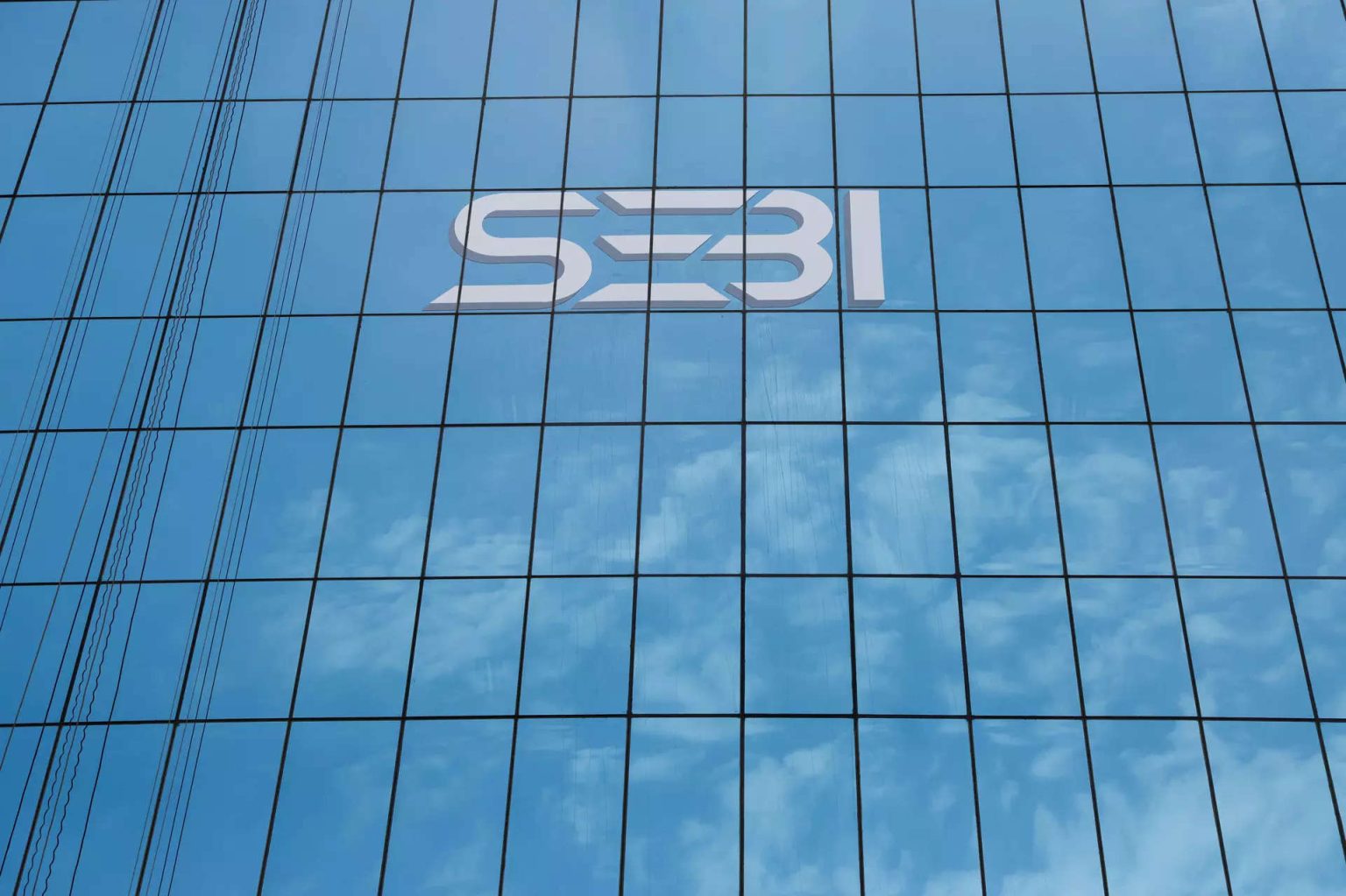In a significant move aimed at enhancing the efficiency of the Indian capital markets, the Securities and Exchange Board of India (SEBI) has announced a reduction in the timeline for listing Initial Public Offerings (IPOs).

The market regulator’s circular, dated August 9, brings a reduction from the existing T+6 (six working days after the IPO closure) to T+3 (three working days after the IPO closure). This measure will streamline the listing process and offer increased accessibility for investors.
Under the revised framework, the timeline for listing specified securities after the closure of a public issue has been shortened to just three working days from the earlier requirement of six working days. With this change, securities will need to be listed on the stock exchanges by the third working day after the IPO closure. This move is expected to provide issuers quicker access to capital and investors prompt access to liquidity.
The new listing timeline will be rolled out in two stages. Initially, it will be optional for public issues commencing from September 1, 2024, however it will become mandatory for all public issues starting from December 1, 2024.
Sebi’s decision to reduce the listing timeline stems from extensive consultation with market participants and stakeholders, coupled with public comments received on the consultation paper issued earlier on this matter. This streamlined timeline is set to bring several benefits to both issuers and investors. It will accelerate the receipt of funds for issuers and allow allottees to receive their securities in a shorter span.
The shortened listing timeline also translates into quicker refunds for subscribers who were not allotted shares during the IPO.
Efficient sequencing and transparency

The circular outlines a detailed breakdown of the revised timeline and the tasks associated with it. On the T day, various crucial activities will occur, including the submission of applications by investors, bid modifications, and validation of bid details with depositories in addition to reconciliation of UPI mandate transactions and closure of the IPO .
The T+1 day will witness third-party checks on UPI and non- UPI applications. Submission of final certificates, the finalization of rejections, and completion of basis approval by the stock exchange will also take place on this day. Simultaneously, issuance of fund transfer instructions, both for debit and unblocking, should be initiated and completed.
Corporate action execution, including the credit of shares, filing of listing applications with stock exchanges, and issuance of trading notices, will be carried out on T+2 day. Furthermore, publishing the allotment advertisement on the relevant website is to be completed on this day. The circular mandates that publishing the allotment advertisement in newspapers can extend up to T+4 day but not beyond T+3 day.
A key highlight is that trading in the stock will commence on T+3 day, providing a seamless transition from the listing process to active market trading.
In addition to outlining the revised timeline, the circular underscores the importance of disclosing the T+3 listing timeline in the offer documents of public issues. This disclosure ensures that all stakeholders, including investors and issuers, are well-informed about the updated processes and schedules.
The circular also addresses various operational aspects, such as compensation to investors for delays in unblocking ASBA (Application Supported by Blocked Amount) application monies. Notably, this compensation will be calculated from T+3 day itself.
To further safeguard the integrity of the process, SEBI’s circular also places requirements on Direct Bank ASBA and Syndicate ASBA applications. Self-certified syndicate banks (SCSBs) are tasked with ensuring that the PAN mentioned in the application matches the PAN linked to the bank account of the applicant. This alignment aims to prevent discrepancies and ensure accurate data on the Stock Exchange platform.












